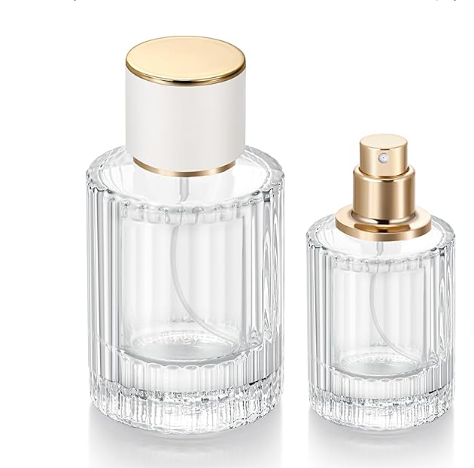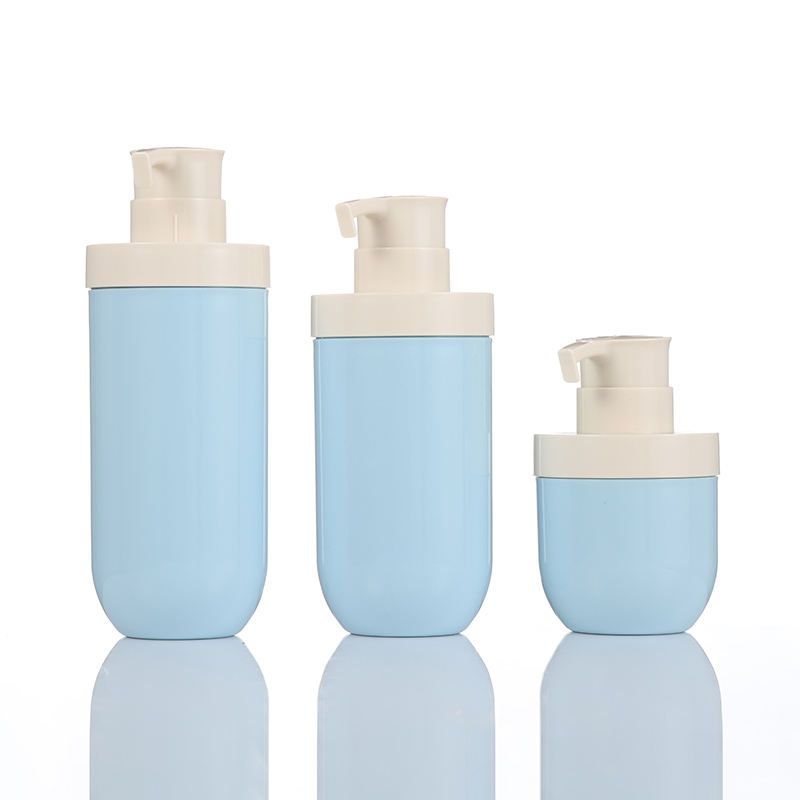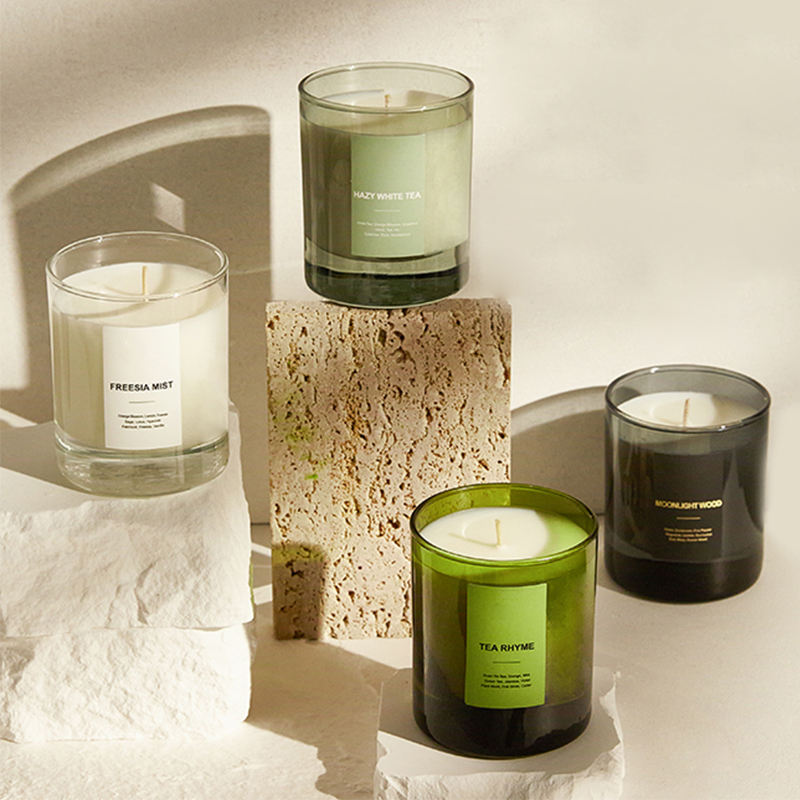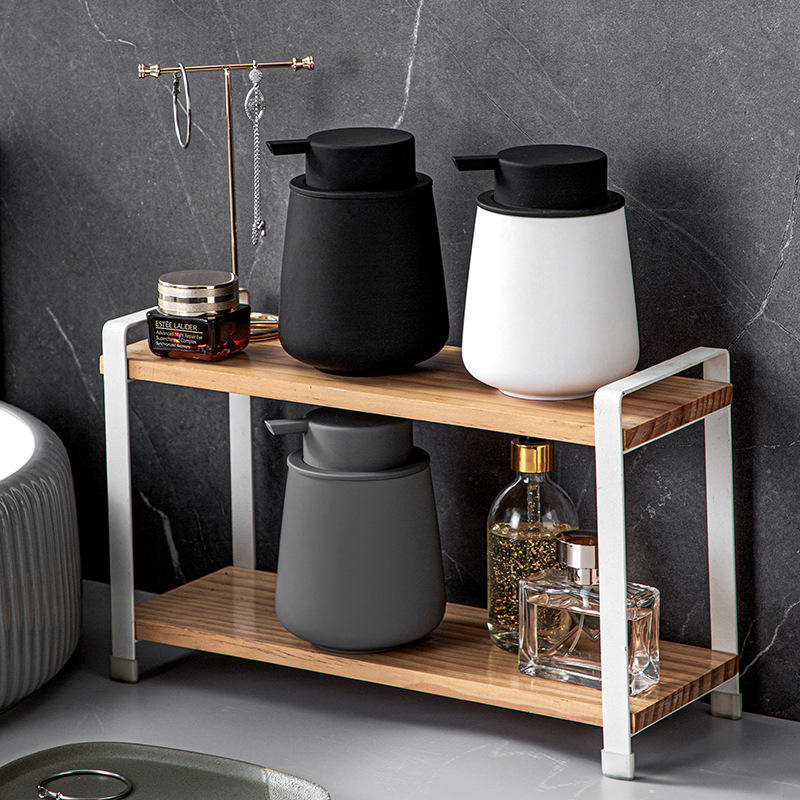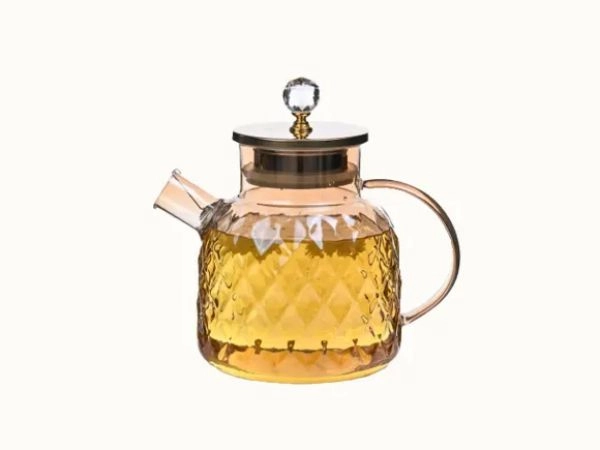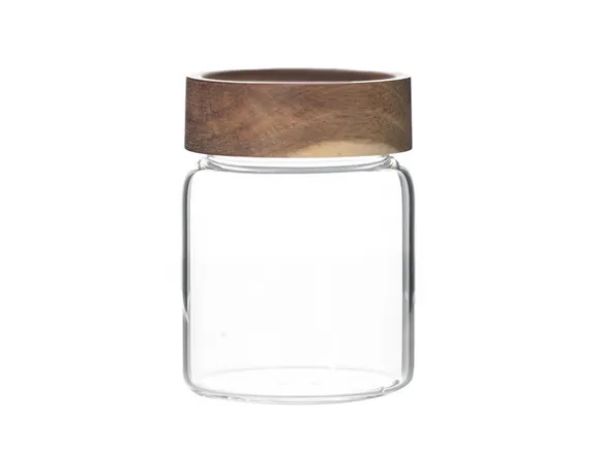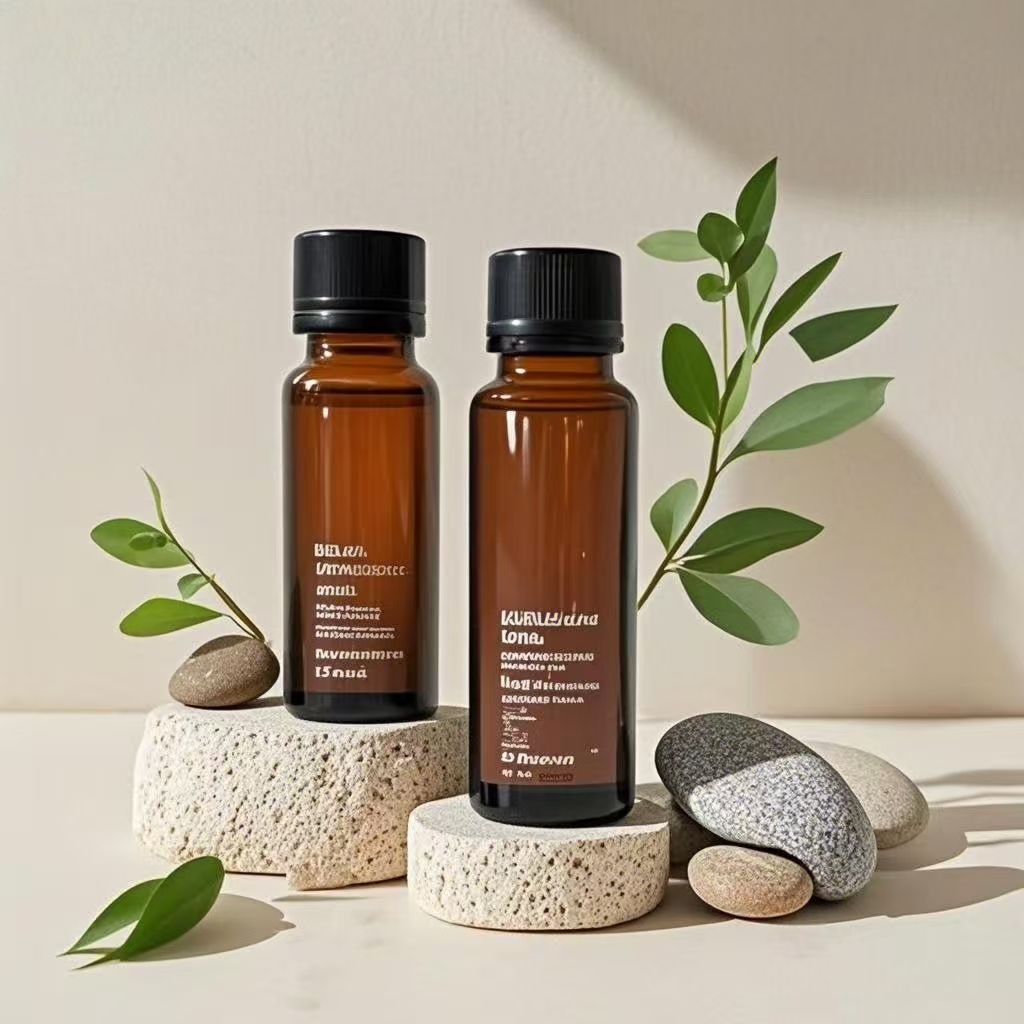Starting a perfume business is an exciting and rewarding endeavor that combines creativity, entrepreneurship, and strategic planning. However, the path to building a successful perfume brand involves multiple critical steps, from understanding the market and developing unique fragrances to designing captivating packaging and establishing effective sales channels.
This comprehensive guide will take you through every stage of launching your perfume business, providing detailed insights and practical advice. Additionally, we will introduce howPaupacking, a leading packaging supplier, can support your brand with premiumperfume bottlesand customized packaging solutions tailored to your unique needs.
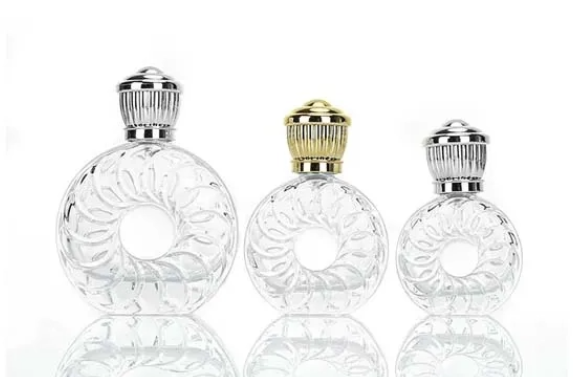

Step 1: Conduct In-Depth Market Research and Define Your Niche
Understanding the Market Landscape
Before you create your perfume, it is essential to have a deep understanding of the perfume industry and consumer behavior. The global perfume market is vast and segmented, with consumers ranging from luxury buyers seeking exclusive scents to younger audiences looking for affordable, trendy fragrances.
-
Market Segmentation:Identify key segments such as luxury, niche, organic, celebrity-endorsed, or mass-market perfumes.
-
Consumer Preferences:Analyze popular scent families like floral, woody, oriental, fresh, or gourmand. Understand which are trending and which have enduring appeal.
-
Competitive Analysis:Study your competitors’ product lines, pricing models, marketing strategies, and packaging styles. This helps identify gaps and opportunities for your brand.
Defining Your Target Audience
Knowing your ideal customer is crucial for product development and marketing.
-
Demographics:Age, gender, income level, geographic location.
-
Psychographics:Lifestyle, values, fragrance preferences, purchasing motivations.
-
Buying Behavior:Online vs. in-store shopping, brand loyalty, sensitivity to price or packaging.
Choosing Your Brand Niche
Based on research, select a niche that aligns with your passion and market demand.
-
Luxury Perfumes:Focus on exclusivity, rare ingredients, and premium packaging.
-
Natural/Organic Perfumes:Use sustainable, botanical ingredients appealing to eco-conscious consumers.
-
Celebrity or Influencer Perfumes:Leverage star power and social media marketing.
-
Affordable Everyday Scents:Target mass-market buyers with accessible pricing and trendy packaging.
Tip:A clear niche helps streamline product development and marketing efforts, making your brand more focused and competitive.
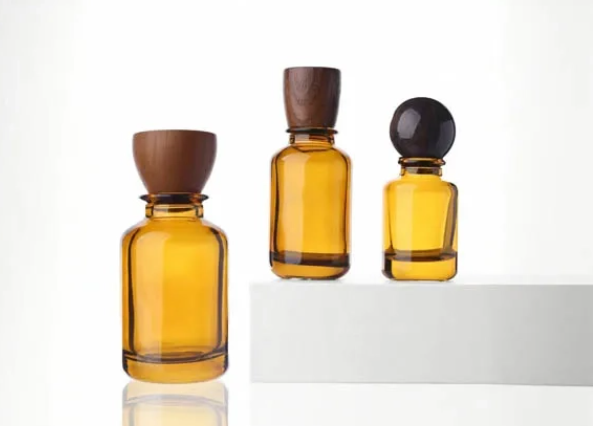

Step 2: Develop Your Unique Fragrance Collection
Collaborate with Expert Perfumers
Creating a signature scent requires expertise. Partner with experienced perfumers or fragrance houses who understand raw materials and blending techniques.
-
Briefing the Perfumer:Share your brand vision, target audience, and desired fragrance profiles.
-
Ingredient Selection:Choose high-quality essential oils, aroma chemicals, and bases. Decide if your brand emphasizes natural or synthetic ingredients.
-
Fragrance Families:Develop scents within your chosen families (e.g., floral, woody) or create innovative blends.
-
Testing and Refinement:Conduct stability tests, longevity assessments, and consumer panels to refine your formulas.
Building a Cohesive Product Range
Start with a manageable number of fragrances (3-5) that complement each other and appeal to your audience.
-
Signature Scent:Your flagship fragrance that embodies your brand.
-
Supporting Scents:Variations or complementary fragrances to broaden appeal.
-
Limited Editions:Seasonal or special releases to create buzz.
Packaging and Fragrance Harmony
Ensure your packaging design reflects the scent’s personality and brand story, creating a cohesive sensory experience.
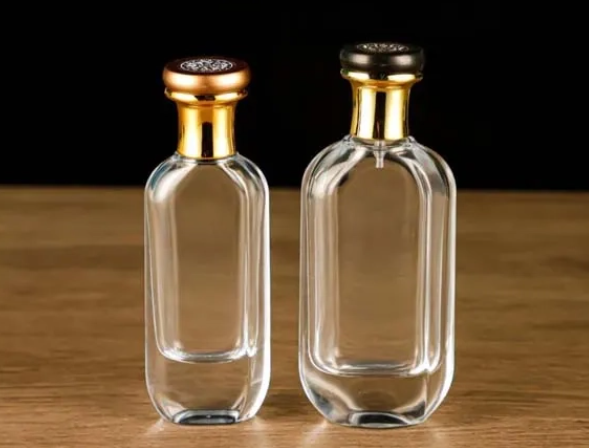

Step 3: Design Captivating Perfume Packaging
Selecting the Perfect Perfume Bottle
Theperfume bottleis the centerpiece of your product’s presentation. It must combine functionality with aesthetics.
-
Material:Glass is preferred for its elegance and ability to preserve fragrance. Paupacking offers a wide selection of glass bottles in various shapes, sizes, and colors.
-
Shape and Size:Choose shapes that reflect your brand’s identity—classic, modern, artistic, or minimalist. Sizes typically range from 30ml to 100ml or custom volumes.
-
Color and Finish:Clear, frosted, colored, or metallic finishes can evoke different moods and appeal to different market segments.
-
Customization:Paupacking supports custom designs, including unique bottle shapes and finishes to differentiate your brand.
Caps, Sprayers, and Closures
The cap and sprayer must complement the bottle and provide a premium user experience.
-
Materials:Options include metal, plastic, wood, bamboo, or glass.
-
Functionality:Ensure smooth spray action and secure closure to prevent leakage.
-
Design:Caps can be customized with logos, textures, or special finishes.
Labels and Decoration
-
Printing Techniques:Silk screen, UV printing, hot stamping, or decals can be used to apply logos, product information, and decorative elements.
-
Surface Treatments:Frosting, metallic coatings, or embossing add texture and luxury.
-
Sustainability:Consider eco-friendly inks and recyclable labels.
Outer Packaging
-
Boxes and Sleeves:Design branded boxes that protect the perfume bottle and enhance shelf appeal.
-
Materials:Use recycled or biodegradable materials to appeal to eco-conscious consumers.
-
Design:Reflect brand identity through color, typography, and imagery.
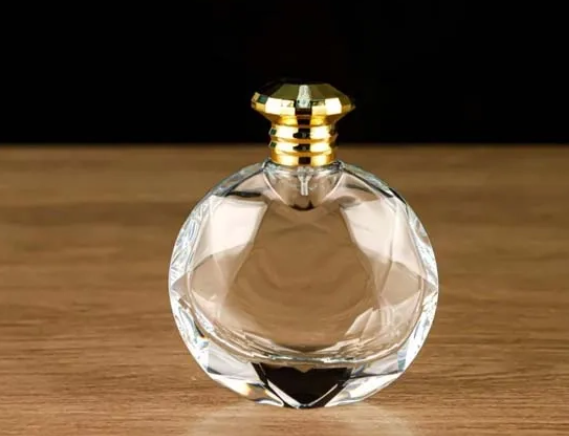

Step 4: Create a Comprehensive Business Plan and Legal Framework
Developing Your Business Plan
A detailed business plan guides your operations and attracts investors.
-
Executive Summary:Overview of your brand vision and goals.
-
Market Analysis:Insights from your research.
-
Marketing Strategy:Branding, pricing, distribution, and promotions.
-
Operations Plan:Manufacturing, supply chain, staffing.
-
Financial Projections:Startup costs, revenue forecasts, break-even analysis.
Legal Considerations
-
Business Registration:Choose your business structure (LLC, corporation, sole proprietorship) and register accordingly.
-
Licensing and Compliance:Understand and comply with cosmetic and fragrance regulations such as FDA requirements, IFRA standards, and labeling laws.
-
Trademark Protection:Register your brand name and logo to protect intellectual property.
-
Insurance:Obtain product liability and business insurance.
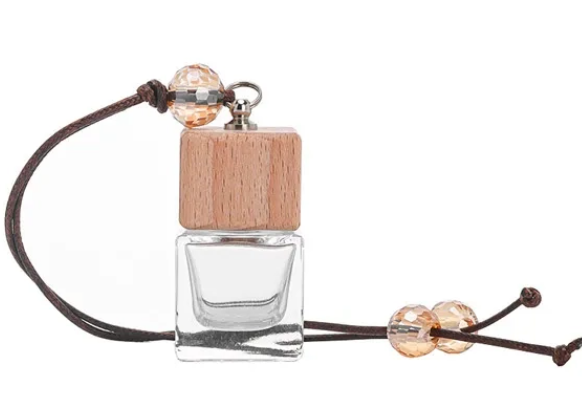

Step 5: Source Raw Materials and Packaging Components
Fragrance Ingredients
-
Suppliers:Partner with reputable suppliers for essential oils, aroma chemicals, and bases.
-
Quality Assurance:Verify purity, stability, and safety of ingredients.
-
Sustainability:Prioritize ethically sourced, sustainable materials if aligned with your brand values.
Packaging Materials
-
Perfume Bottles:Choose from Paupacking’s extensive range of high-quality glassperfume bottleswith customization options.
-
Caps and Sprayers:Select compatible, premium components.
-
Labels and Boxes:Source from reliable printers and packaging manufacturers.
Manufacturing Partners
-
Fragrance Houses:Collaborate with experienced manufacturers for blending and filling.
-
Packaging Suppliers:Work with companies like Paupacking for bottle production and decoration.
-
Contract Manufacturers:Consider outsourcing filling, labeling, and packaging to specialists.
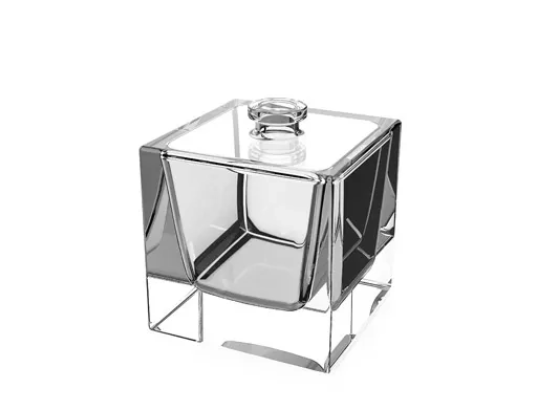

Step 6: Oversee Production and Quality Control
Prototype Approval
-
Review samples of fragrance, bottles, caps, and packaging.
-
Test for scent fidelity, bottle integrity, and aesthetic consistency.
-
Make adjustments before full-scale production.
Mass Production
-
Monitor production timelines and quality checkpoints.
-
Ensure batch consistency in fragrance and packaging.
-
Conduct in-process inspections and final quality audits.
Regulatory Compliance
-
Confirm all products meet safety and labeling standards.
-
Maintain documentation for traceability.
Step 7: Establish Sales and Distribution Channels
Direct-to-Consumer (DTC)
-
Build an e-commerce website optimized for user experience.
-
Use social media and digital marketing to drive traffic.
-
Offer exclusive online products or bundles.
Retail Partnerships
-
Approach department stores, boutiques, and specialty shops.
-
Prepare professional sales presentations and samples.
-
Negotiate terms and support retailers with marketing materials.
Wholesale and Distribution
-
Partner with distributors to reach wider markets.
-
Manage inventory and logistics efficiently.
Events and Pop-Ups
-
Participate in trade shows, markets, and pop-up shops.
-
Engage directly with customers and gather feedback.
Step 8: Develop a Strong Marketing Strategy
Brand Storytelling
-
Craft compelling narratives around your brand’s origin, values, and fragrance inspirations.
-
Use storytelling to create emotional connections.
Digital Marketing
-
Leverage social media platforms for visual storytelling and influencer collaborations.
-
Invest in SEO, paid ads, and email marketing.
Sampling and Reviews
-
Distribute samples strategically to build awareness.
-
Encourage customer reviews and testimonials.
Loyalty Programs
-
Reward repeat customers with discounts, exclusive offers, or early access.
Step 9: Scale Your Business and Innovate
Analyze Performance
-
Use sales data and customer feedback to refine products and marketing.
Expand Product Lines
-
Introduce complementary products like body lotions, candles, or gift sets.
Optimize Operations
-
Streamline supply chain and reduce costs without compromising quality.
Explore New Markets
-
Consider international expansion and new demographic segments.
Step 10: Partner with Paupacking for Packaging Excellence
Packaging is a critical factor in your perfume business success. Paupacking offers:
-
Wide Selection of Perfume Bottles:Diverse styles, colors, and finishes to align with your brand.
-
Customization Services:Tailored bottle design, decoration, and labeling.
-
High-Quality Manufacturing:Advanced facilities ensuring consistent quality.
-
Packaging Accessories:Caps, sprayers, and boxes designed to complement your bottles.
-
Logistics and Support:Efficient global delivery and dedicated customer service.
Explore Paupacking’s premiumperfume bottlesto find the perfect packaging partner for your brand.
Comparison Table: Key Steps in Starting a Perfume Business
| Step | Key Focus | Paupacking’s Role |
|---|---|---|
| Market Research | Identify niche and target audience | Provides packaging trend insights |
| Fragrance Development | Unique scent formulation | Supports with packaging that enhances brand |
| Packaging Design | Bottle, cap, decoration | Offers customizable perfume bottles and accessories |
| Business Planning | Legal, financial, operational planning | Advises on packaging compliance and branding |
| Sourcing & Manufacturing | Reliable suppliers and quality control | Delivers high-quality glass bottles and packaging |
| Sales Channels | Online, retail, wholesale | Provides packaging solutions for all channels |
| Marketing & Promotion | Branding, social media, advertising | Enables brand differentiation through design |
| Scaling & Optimization | Product expansion, operational efficiency | Supports scalable packaging solutions |
Conclusion
Launching a perfume business requires creativity, strategic planning, and attention to detail. From crafting signature fragrances to designing captivating packaging and building effective sales channels, every step shapes your brand’s success. By following this step-by-step guide and partnering with industry leaders likePaupacking, you can create a perfume brand that resonates deeply with consumers and stands out in the marketplace.
Visit Paupacking’s website to explore our premiumperfume bottlesand discover how we can help you create packaging that truly embodies your brand’s essence.
For personalized consultation and custom packaging solutions, contact Paupacking today and take the first step toward launching your successful perfume business.




